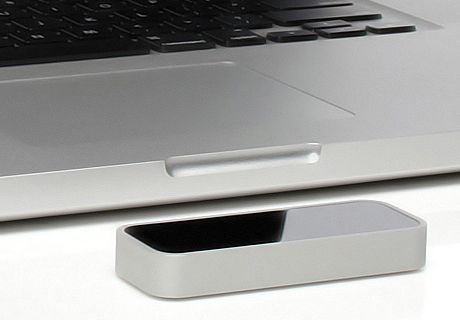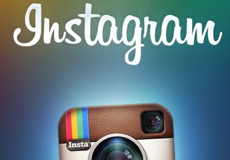CBS Plans Week-Long Super Bowl Programming Across Platforms
December 11, 2012
- In an effort to fully leverage the biggest ratings generator of the year, CBS plans to launch nearly a week’s worth of Super Bowl XLVII programming leading up to the February 3 game in New Orleans.
- Multiplatform coverage and 15 different shows are planned across CBS News, CBS Sports Network, Showtime, syndication, daytime and late-night.
- “If you have the biggest event on television, it’s important to maximize that value, not just for the sports division but for the rest of corporation as well,” says Sean McManus, chairman of CBS Sports.
- “‘CBS This Morning’ will broadcast from New Orleans Thursday through Saturday,” notes The Hollywood Reporter. “‘The CBS Evening News’ with Scott Pelley and ‘CBS Evening News Saturday’ will broadcast from Jackson Square Friday and Saturday.”
- Additionally, Super Bowl-related programming is planned for shows including “Face the Nation,” “The Talk,” “The Late Late Show,” “Inside the NFL,” “Lead Off,” “Rome” and others.
- While McManus explained the push will be expensive, “he was quick to point out that CBS will make money on the game — which is nearly sold out of ad inventory at an average cost of $3.8 million for a 30-second spot — up from $3.5 million last year,” reports THR.
- The Super Bowl has set new ratings records each of the last three years (last year drew more than 111 million viewers). “Of the five most-watched telecasts in TV history, four are Super Bowls,” according to the article.



